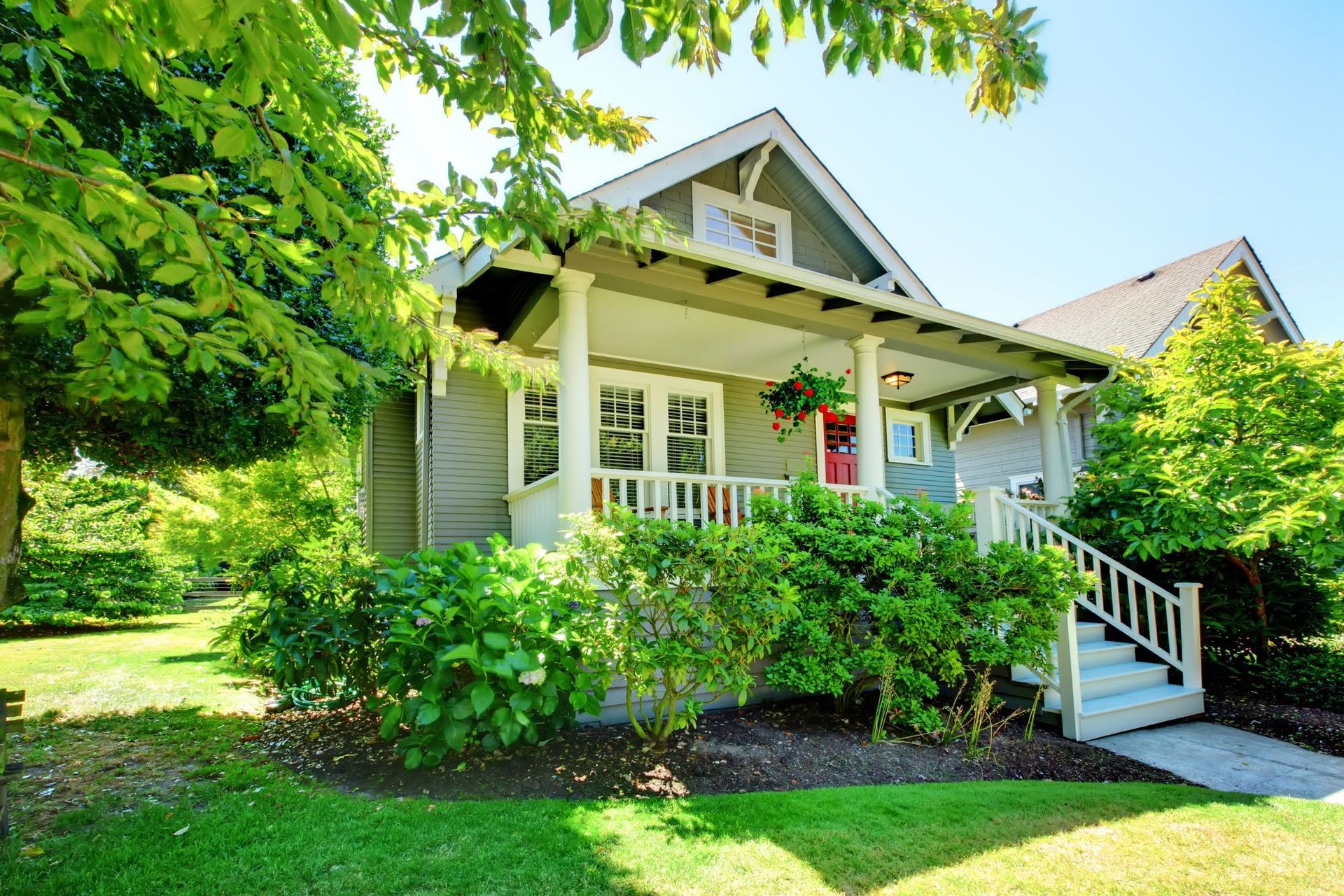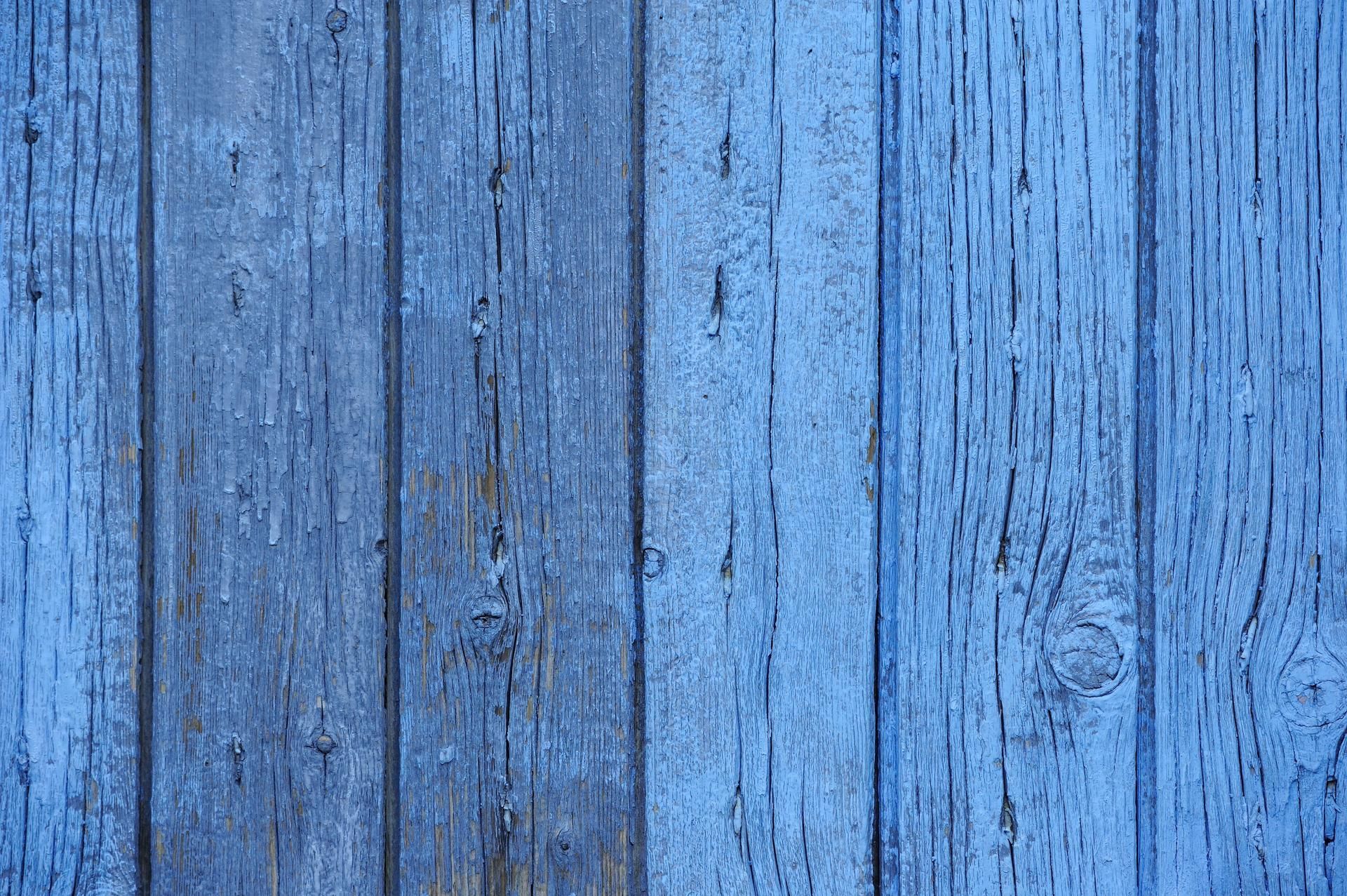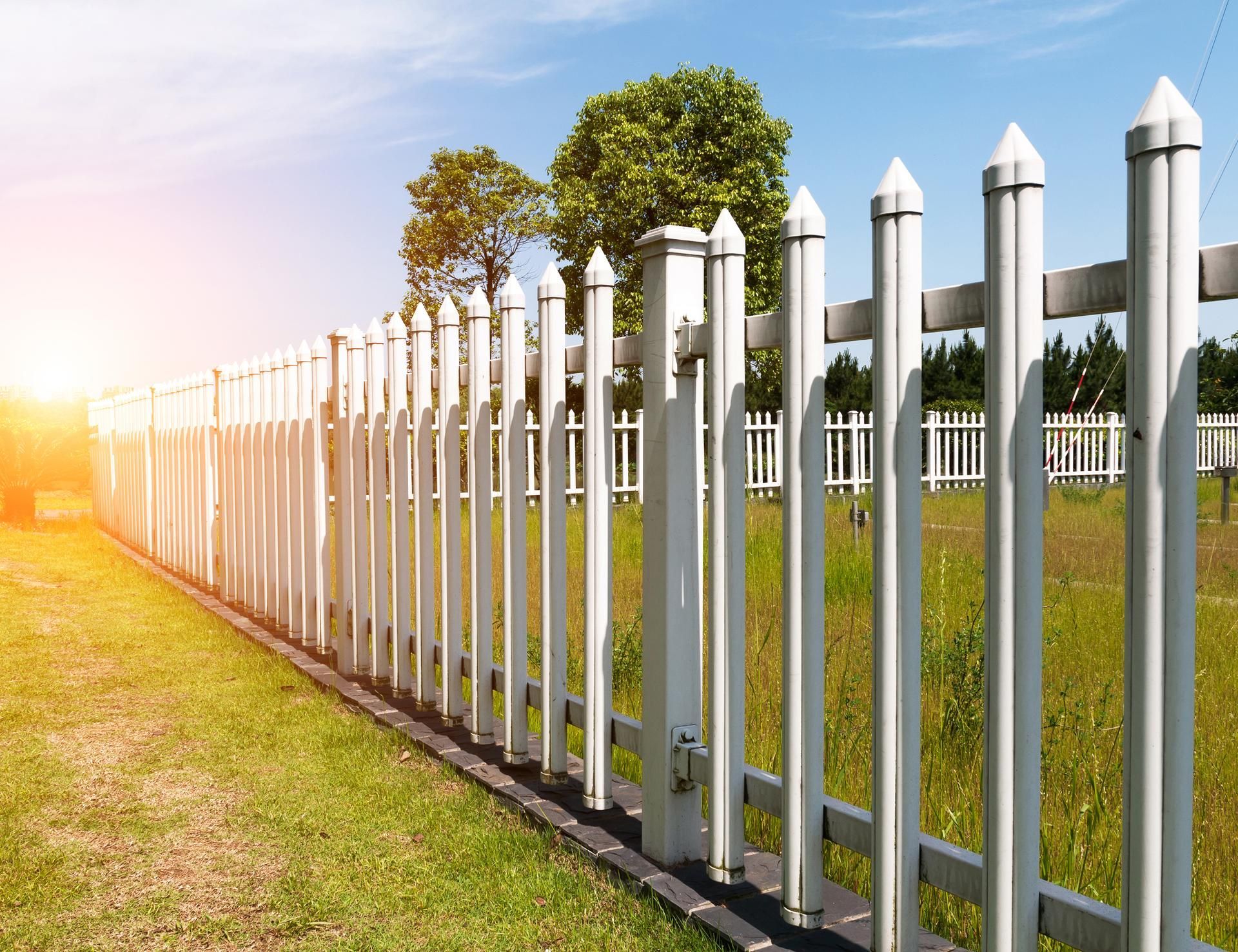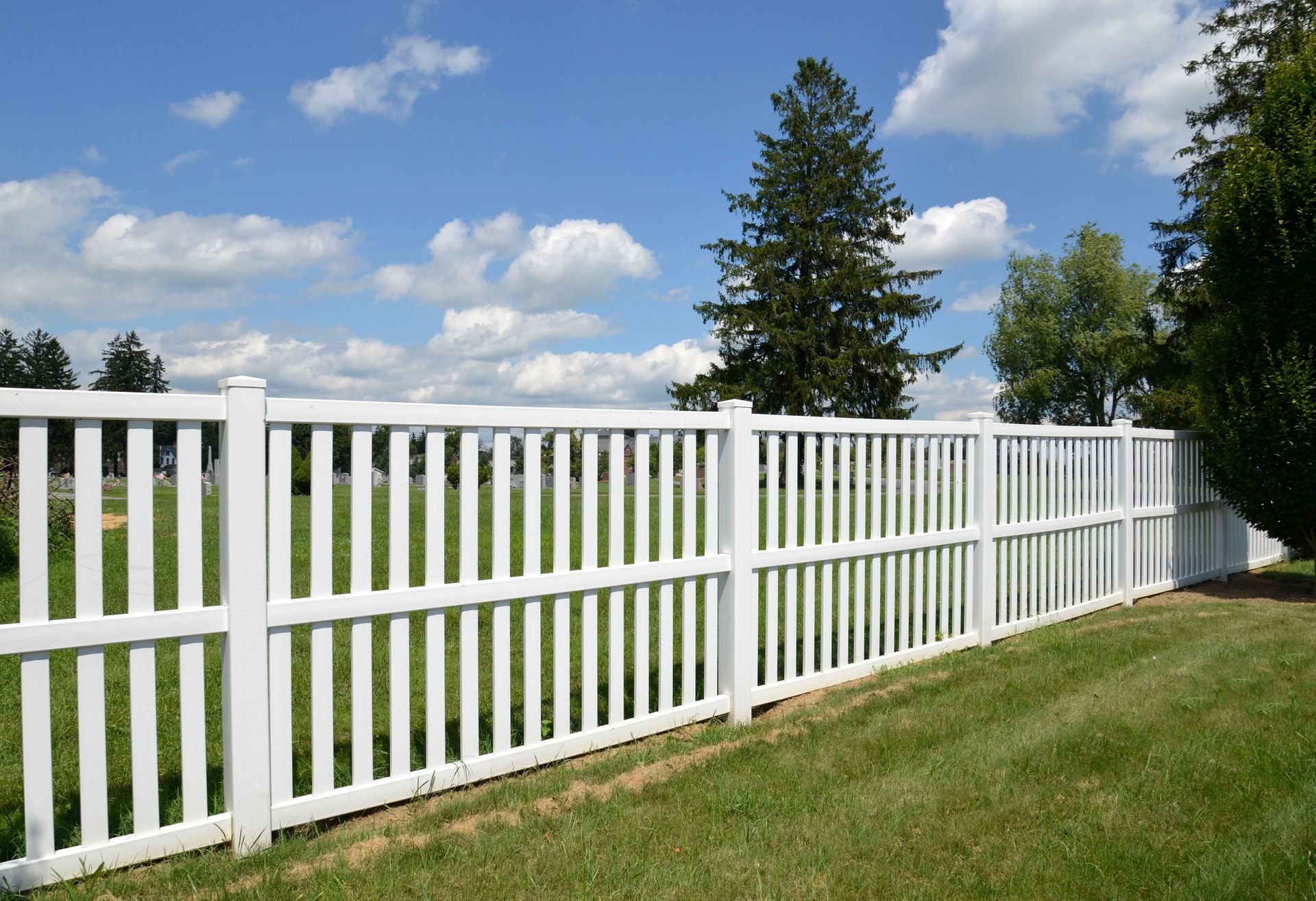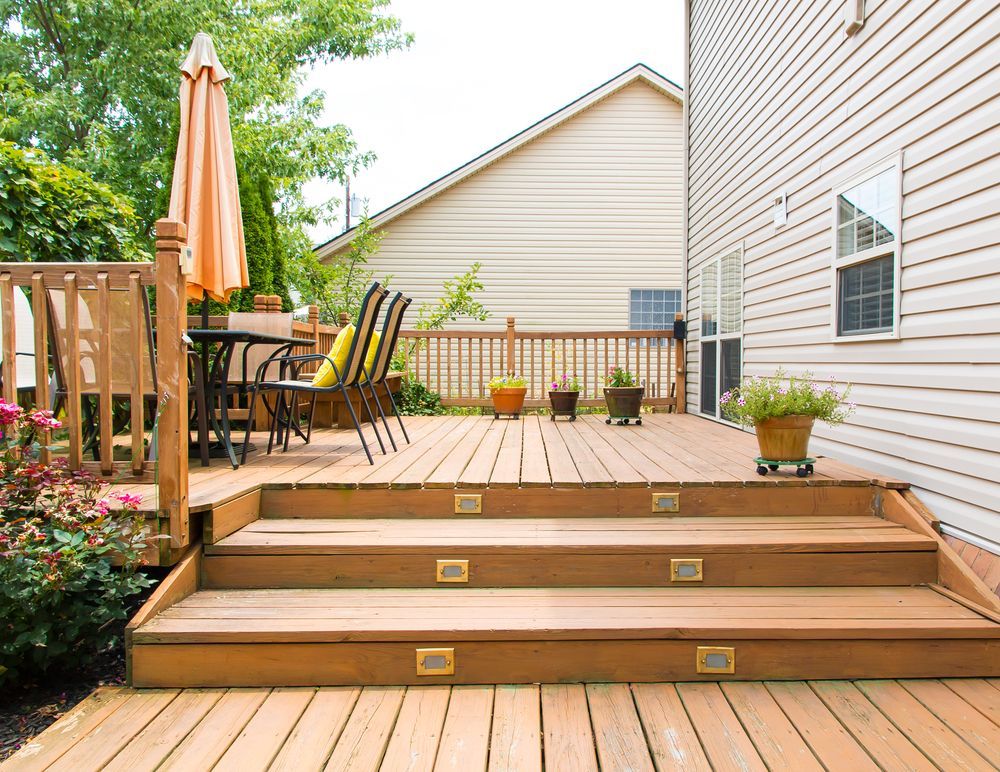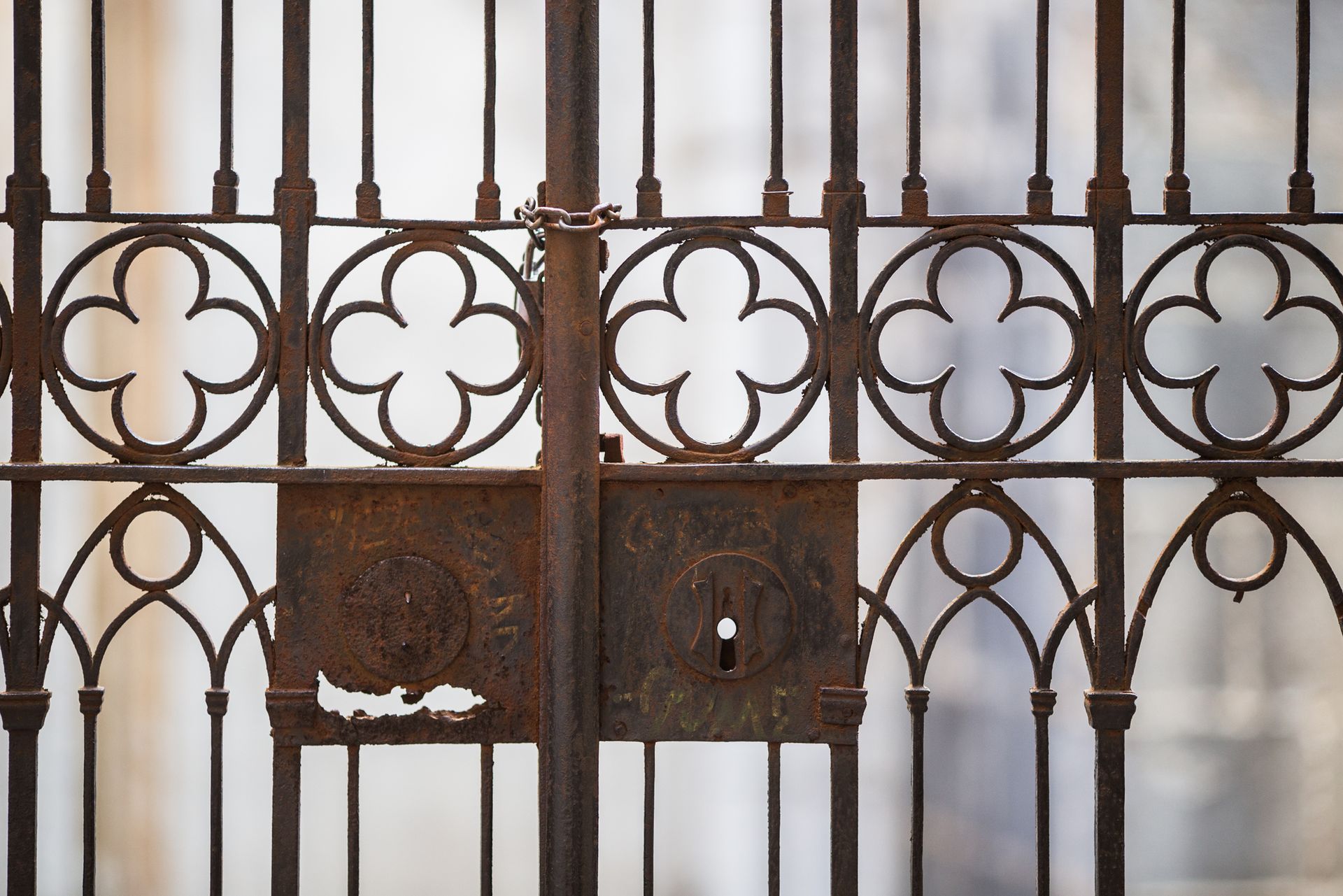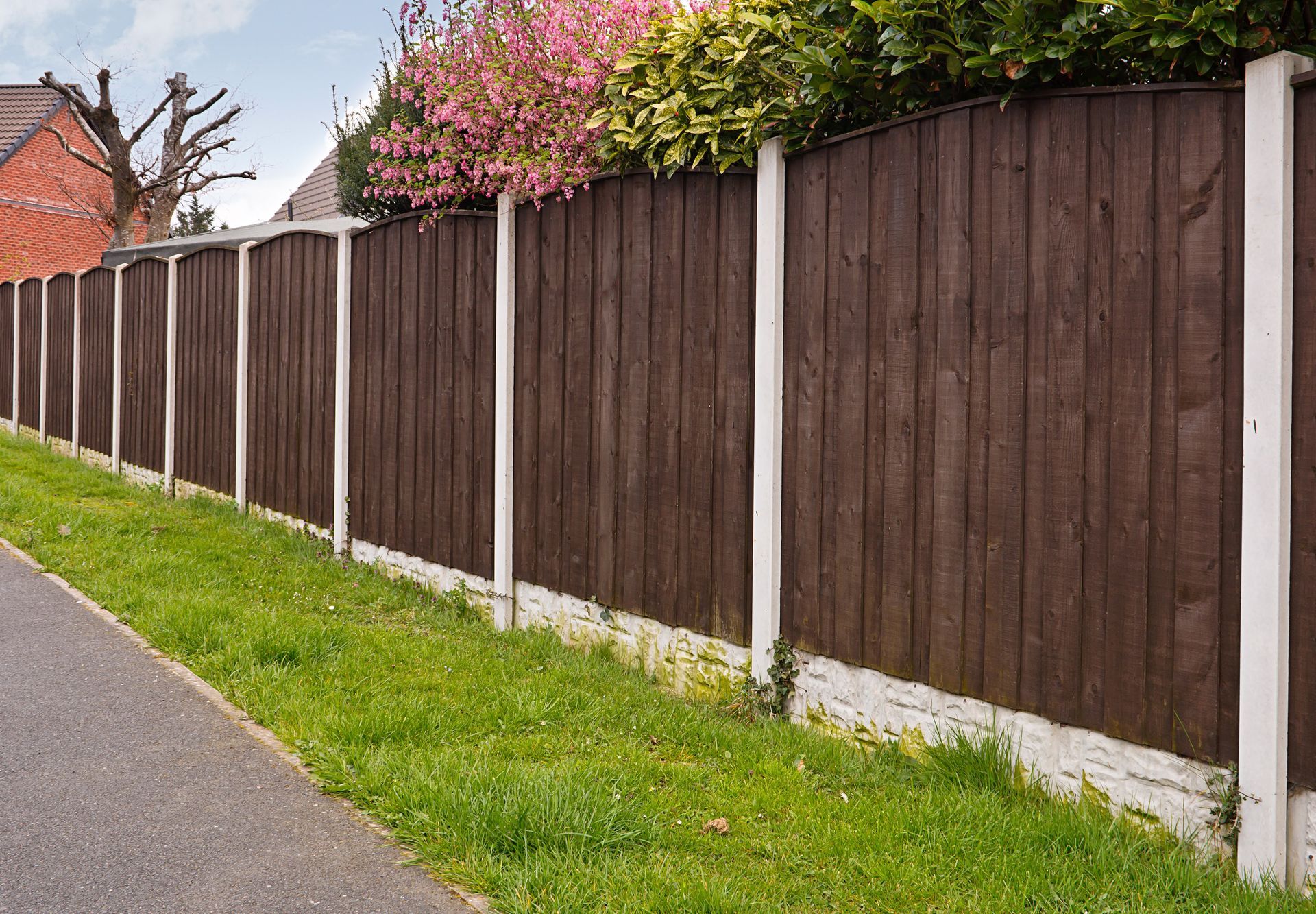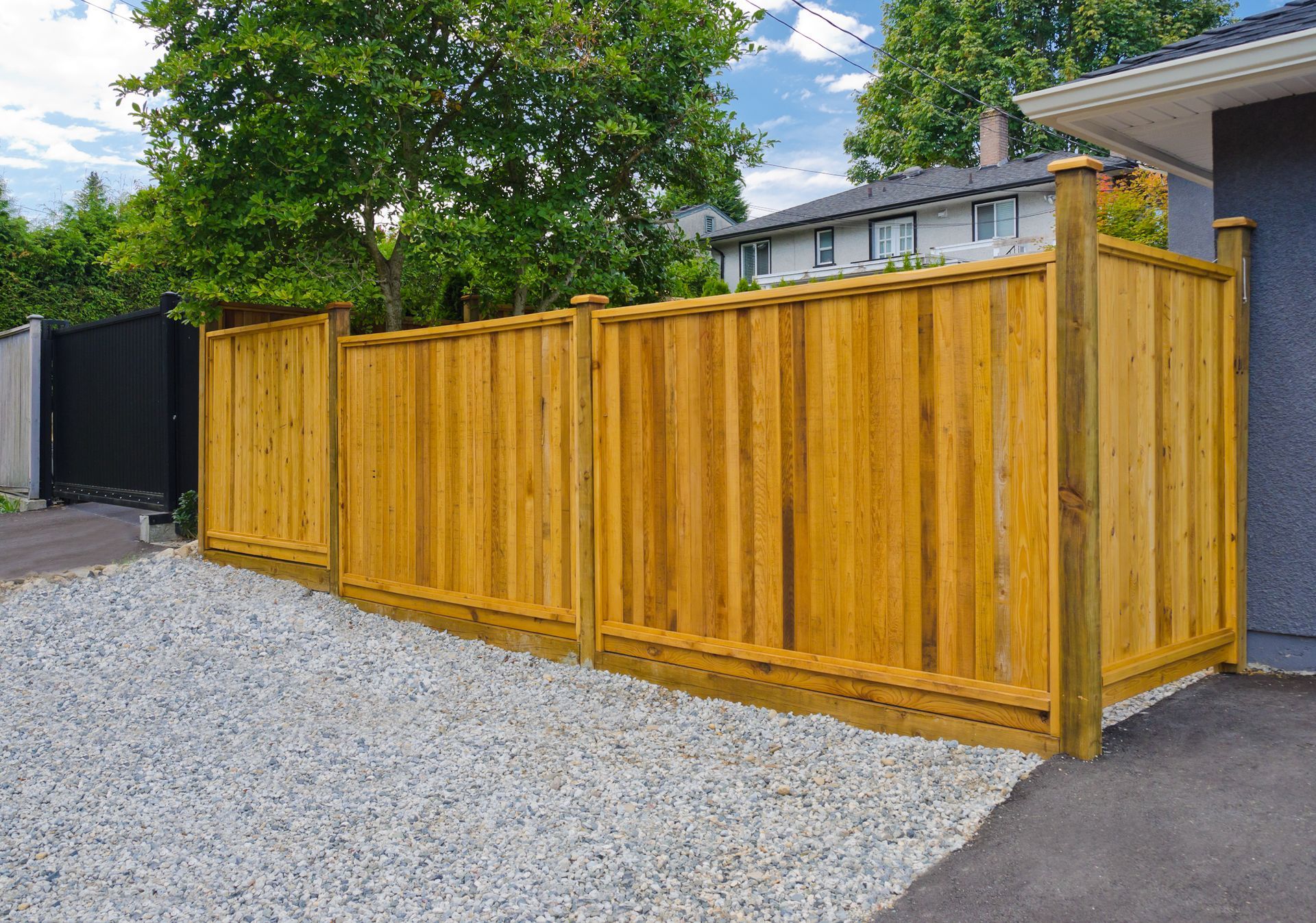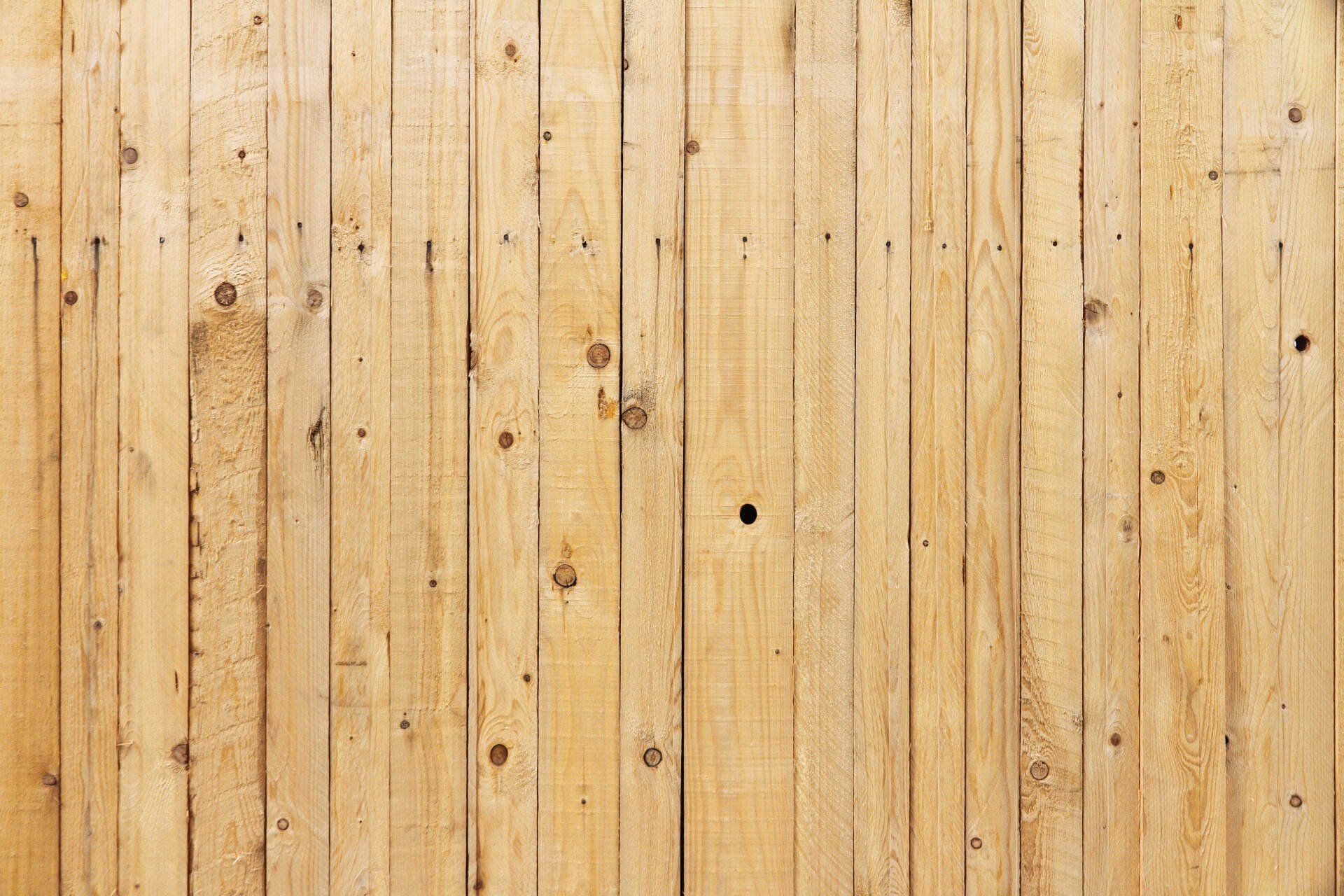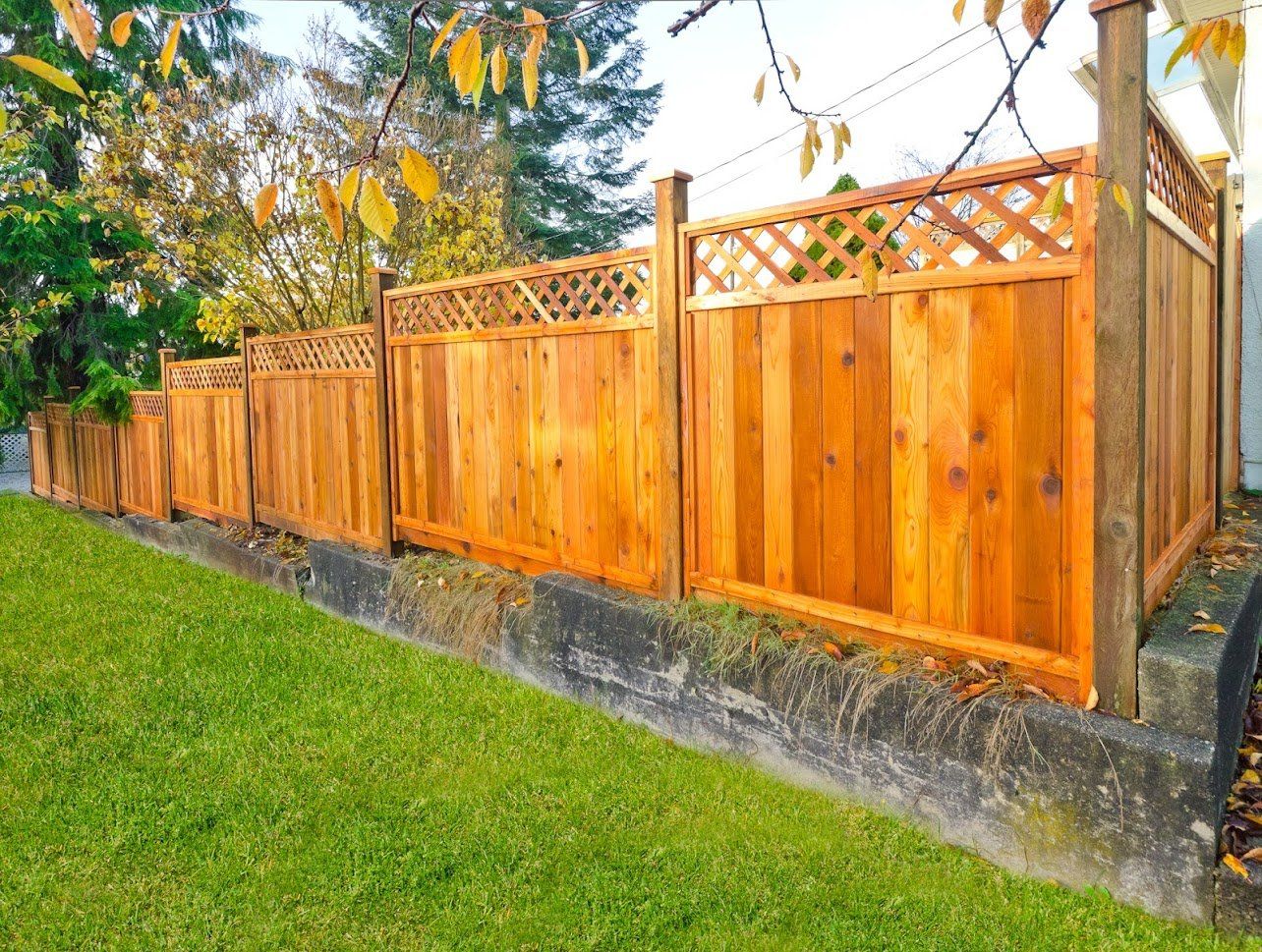Eco-Friendly Fencing Options to Consider
When people want to install a fence, the major considerations are usually durability and appearance. But the choice of fencing material you use also has a significant impact on the environment. Select a sustainable material that is gorgeous and durable.
Read on to learn more about the most eco-friendly fencing materials that you can install on your property.
1. Natural Bamboo
If you admire the feel and look of wood but don't want a timber fence, bamboo can be an excellent option. Bamboo resembles timber but is actually a type of grass that grows very quickly.
Rapid growth makes bamboo a highly sustainable fencing material that you can easily replace. The only downside to bamboo fencing is the material's high cost.
2. Composite Fencing
Composite fencing is a mix of recycled materials, such as plastic and timber. This fence type can be versatile and elegant, making it ideal for a modern home. This fence type usually comes from responsibly-sourced materials that are long-lasting and require minimal maintenance.
The recycled materials include paper towel overwraps, newspaper sleeves, and other types of plastic bags.
The plastic component in the composite fencing is moisture resistant. However, once the composite fencing reaches the end of its lifespan, you can't recycle the material again.
3. Reclaimed Wood
Reclaimed wood fences are a popular choice for rustic homes like cottages. The fencing takes advantage of salvaged wood from previous projects, including wood in your home. While reclaimed wood may look old, the fence will still be attractive.
You can enhance the appearance by staining, polishing, varnishing, or sanding the wood.
4. Locally-Sourced Stone
Although stone from overseas is costly and presents transportation challenges, the locally-sourced stone is an affordable and great utilization of natural resources.
The stone is an excellent option for a sustainable fence because it is strong and difficult to break down. In addition to quarried stone, you can often salvage stone from construction projects in the area.
Apart from strength, stone fences are also highly durable and don't demand much maintenance. You just have to occasionally use power washing to remove dust and debris from the stone. The best part is that you can use locally-sourced stone fencing for modern and traditional architectural styles.
5. Metal Fencing
Metal fencing is not the first thing that comes to mind when you hear of sustainable fencing. Metal is an unpopular fencing material because the material requires massive amounts of energy during manufacture.
However, if you can find recycled metal in a scrap yard, you can use that to create a fence. Using scrap metal is a great way to keep the material out of landfills. Also, once you get tired of a scrap metal fence, you can recycle the metal into another object.
6. Living Fences
Living fences not only help the environment, but you can use the fence to boost environmental conservation. The fence consists of actual vegetation, like hedges and shrubs.
Other common living fence options include cedar and juniper trees. As long as you are willing to do regular maintenance, you will benefit from the natural scenery around your property.
A natural fence will filter carbon dioxide from the atmosphere and release fresh oxygen. Nevertheless, living fences require regular watering, pruning, and trimming. Also, the fence may not be solid since animals can sneak through the openings.
Get the Best Fence
Whichever material you choose, ensure to buy it from a reputable company. Admiral Fence Co. LLC sells a huge range of fencing products for commercial and residential properties.
We also offer other services, such as fence installation and repair. Contact us for more information.
Browse Our Website
Contact Information
Toll Free Number: (800) 797-6293
NJ Home Improvement Contractor License Number: 13VH02036100
Payment Options







